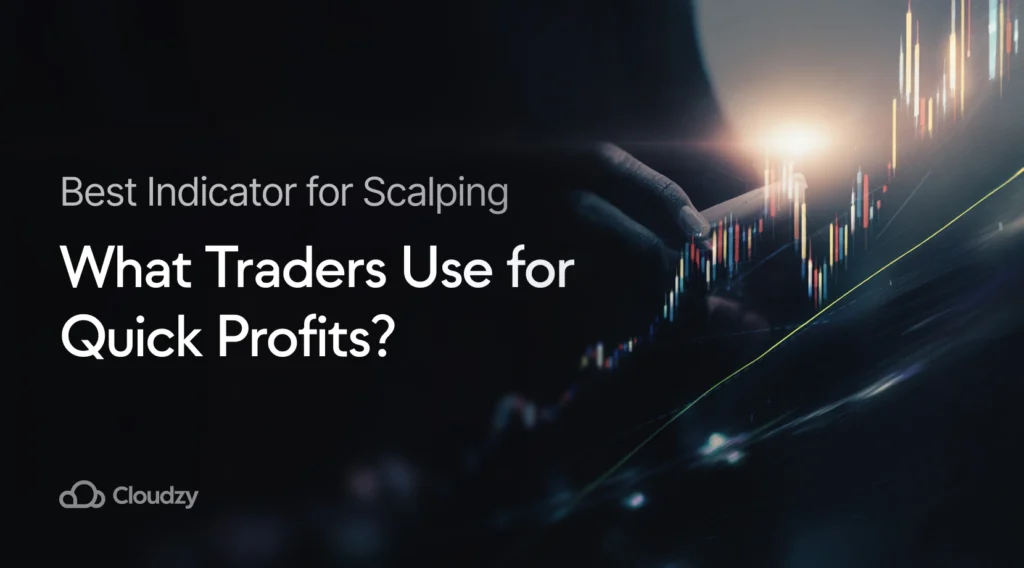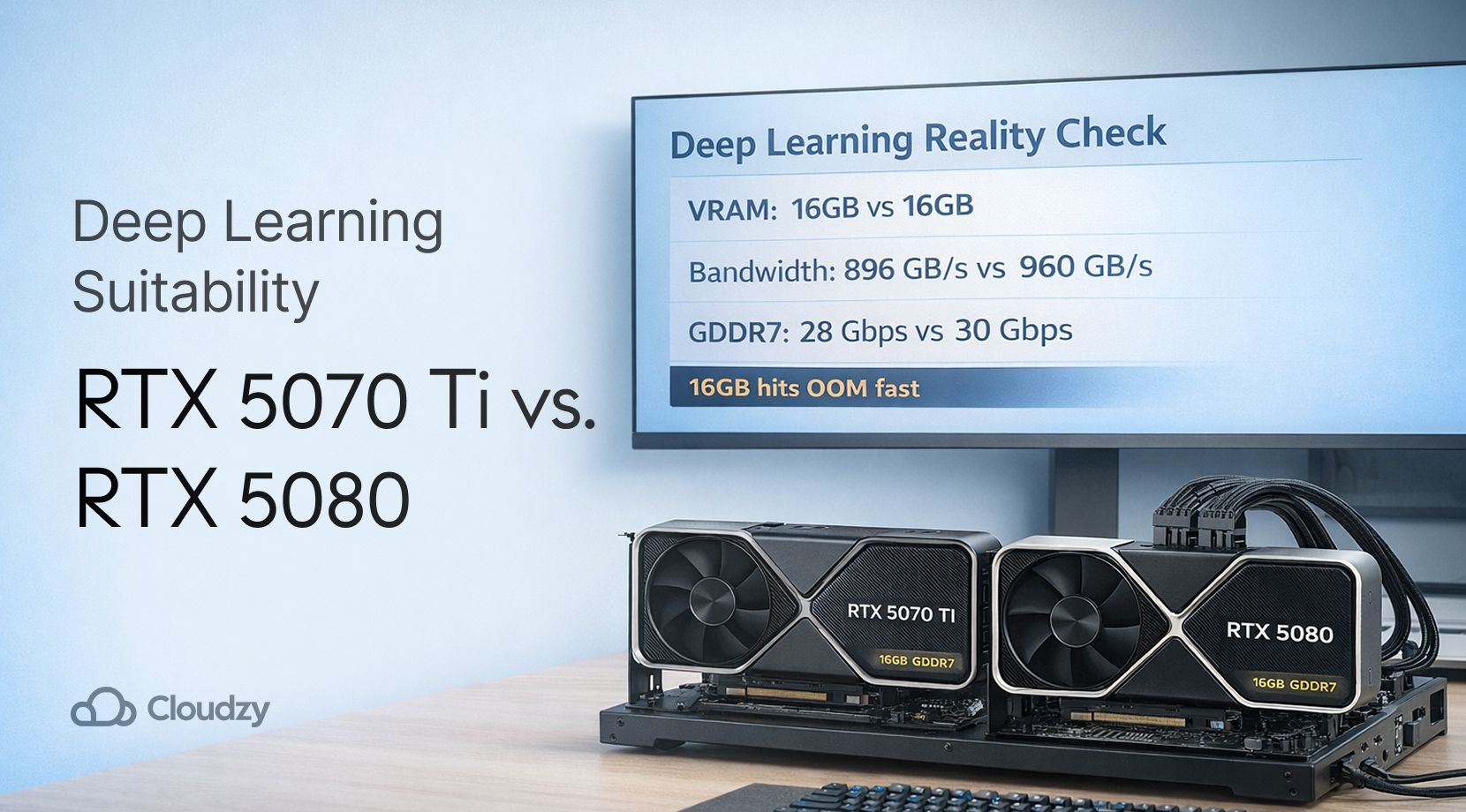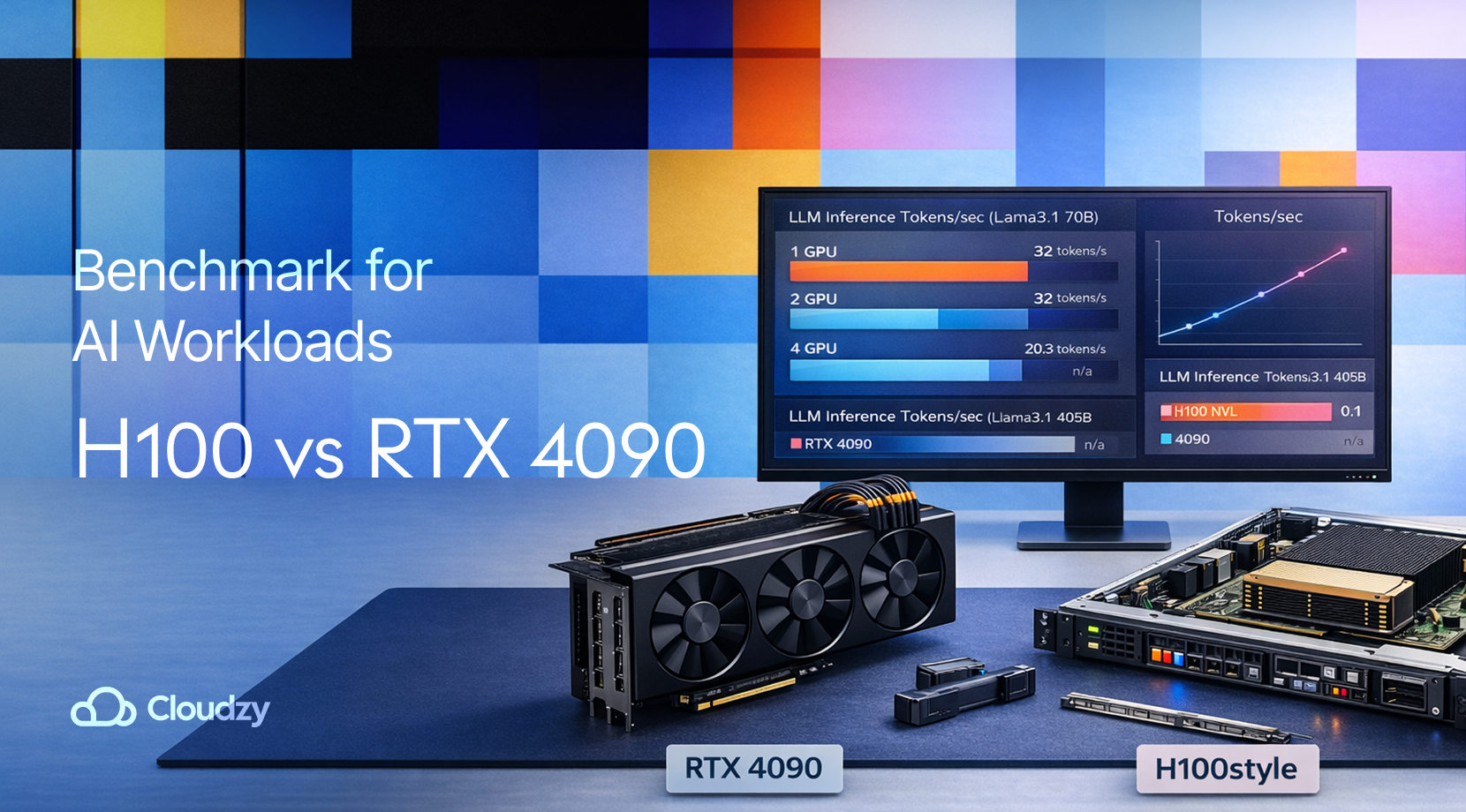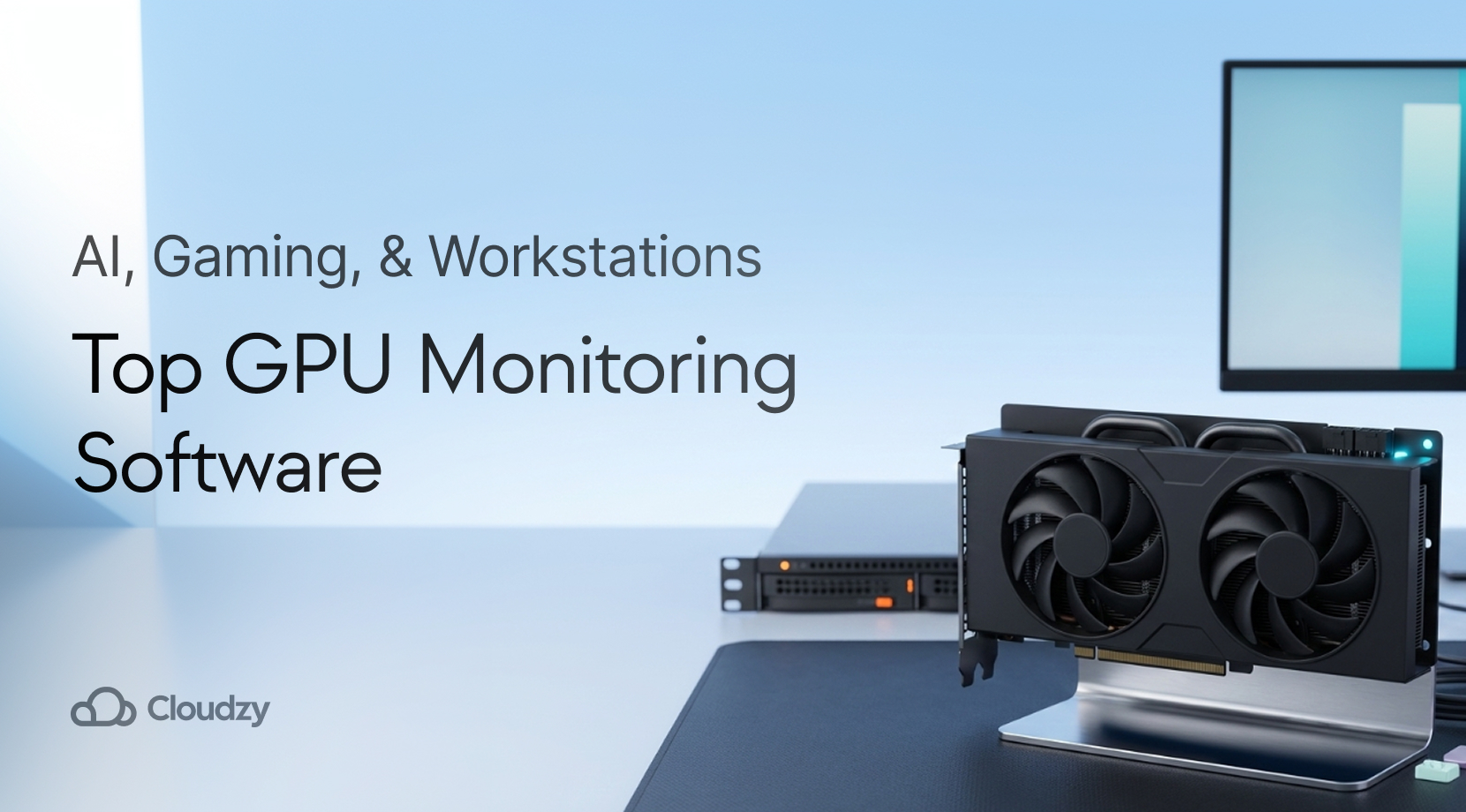The best indicator for scalping? After burning through three accounts learning this the hard way, I can tell you it’s the 5-period EMA paired with VWAP. Sure, everyone talks about fancy setups, but this combination actually works when you’re staring at 1-minute charts for eight hours straight. Most scalpers I know who’ve survived more than six months use some variation of this—though they’ll never admit their secret sauce publicly.
TL;DR Summary
- 5-period EMA + VWAP combo works when others fail (learned this after my second blown account)
- Bollinger Bands catch those beautiful squeeze breakouts that pay for your coffee addiction
- Stochastic helps you not chase every move like a rookie with FOMO
- VPS hosting isn’t optional anymore—home WiFi will destroy your scalping dreams
- Stick to 2-3 indicators max or you’ll end up like me, paralyzed watching 15 different signals
What Is Scalping in Trading?
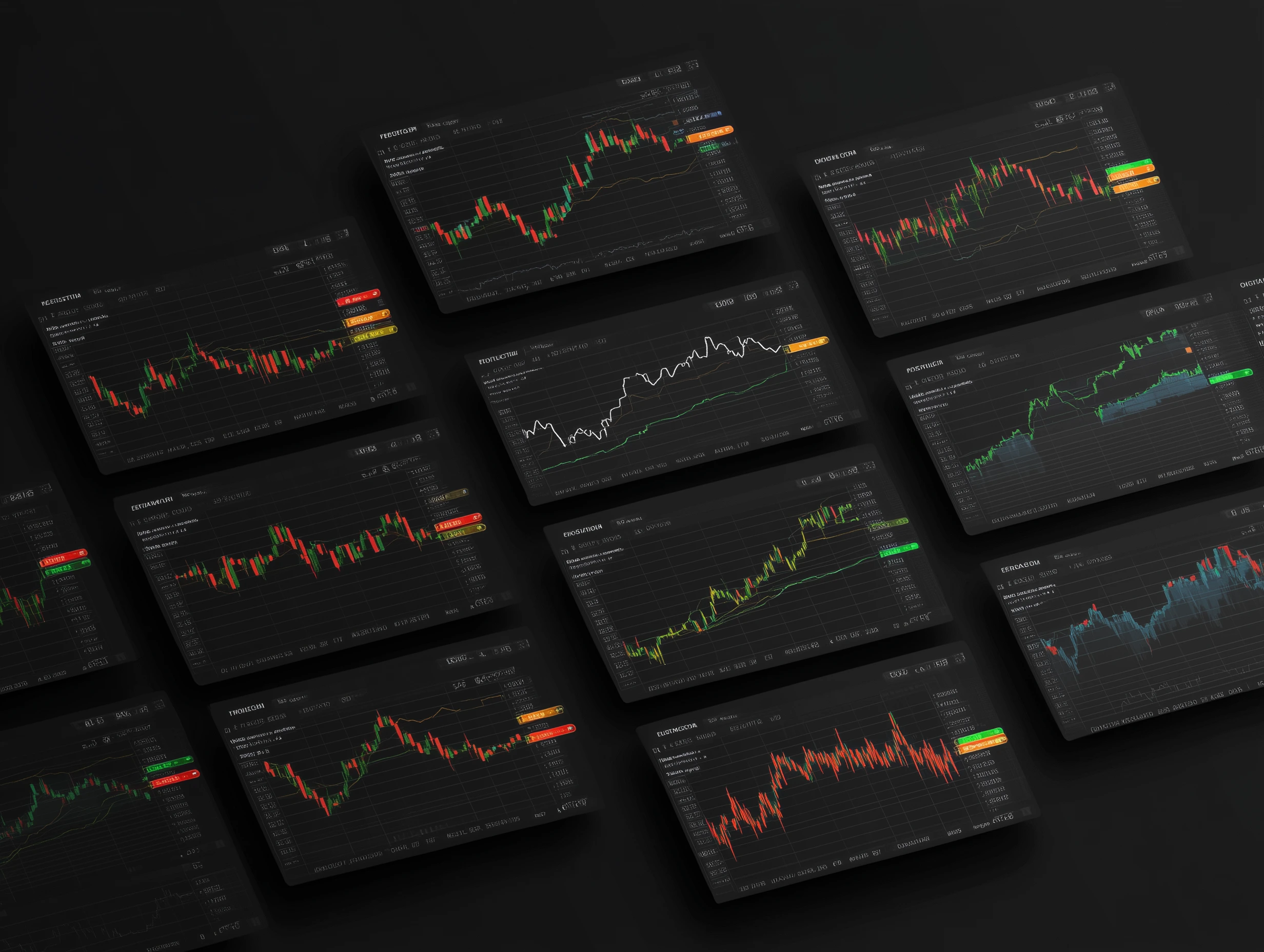
Scalping feels like controlled chaos. You’re hunting 5-50 pip moves in minutes, not hours. I remember my first week—made 87 trades and lost money on 85 of them. The math seemed impossible: how do you profit when spreads eat half your target?
Here’s what works: during London-New York overlap, when forex markets generate $7.5 trillion daily, EUR/USD moves in predictable patterns. A 15-pip target on a standard lot = $150. Hit that 20 times daily? That’s $3,000 gross.
Stop losses sit at 5-15 pips, creating 1:1 or 1:2 risk-reward ratios. Miss your exit by three seconds? Your 15-pip winner becomes a 5-pip loser. That’s scalping—unforgiving but addictive when it clicks.
Why Scalping Requires Fast, Precise Indicators
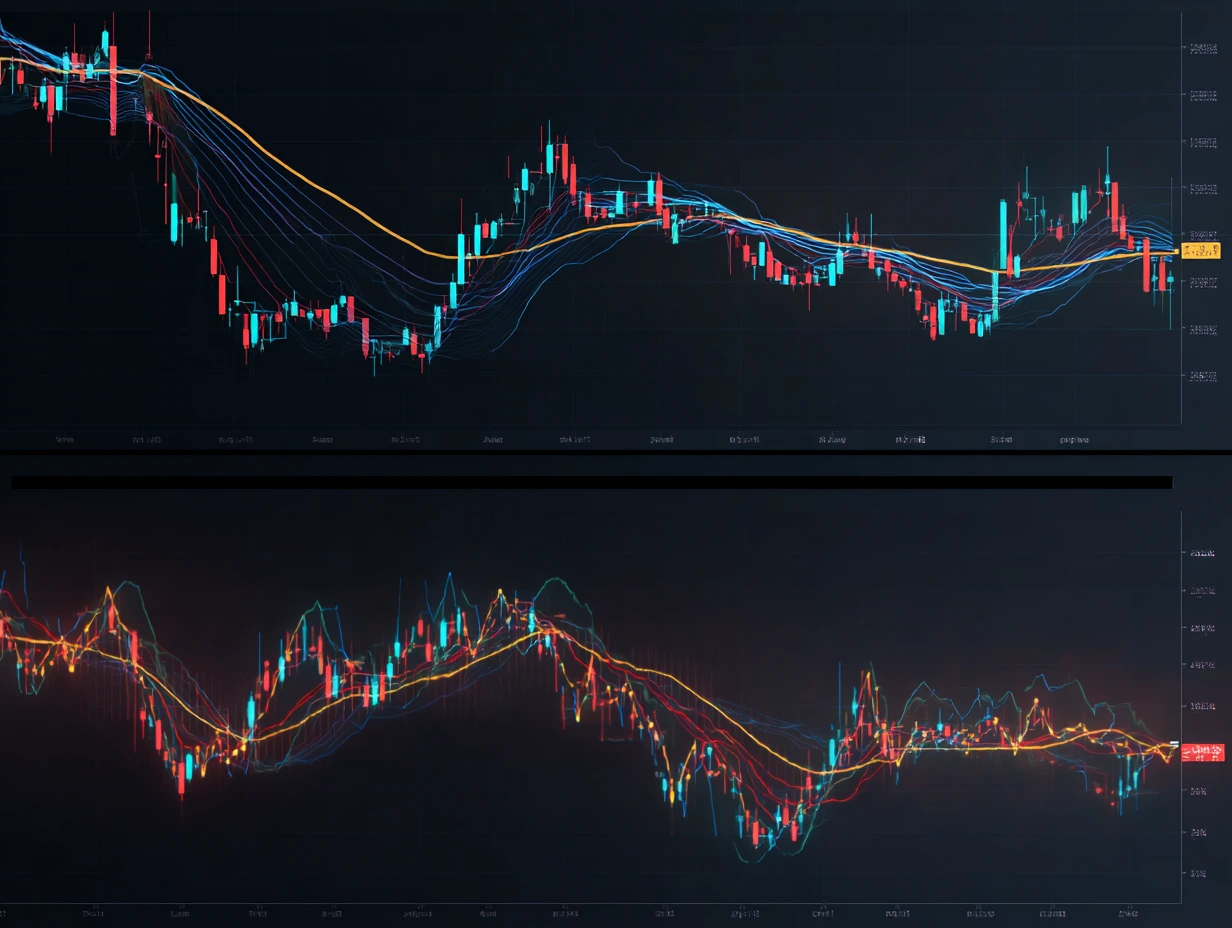
Traditional indicators are useless here. Period. I spent two months using 20-period MAs and wondering why I kept buying tops. The delay kills you.
Picture this: EUR/USD breaks resistance at 1.0850. Your 5-period EMA flashes green in 3 seconds. Your buddy using a 20-period MA? He’s still waiting 18 seconds later while price rockets 12 pips higher. By the time his signal arrives, you’re already banking profits and he’s chasing.
When spreads run 1-2 pips and your targets are 10-15 pips, every second costs money.
Which Indicators Do Professional Scalpers Actually Use?
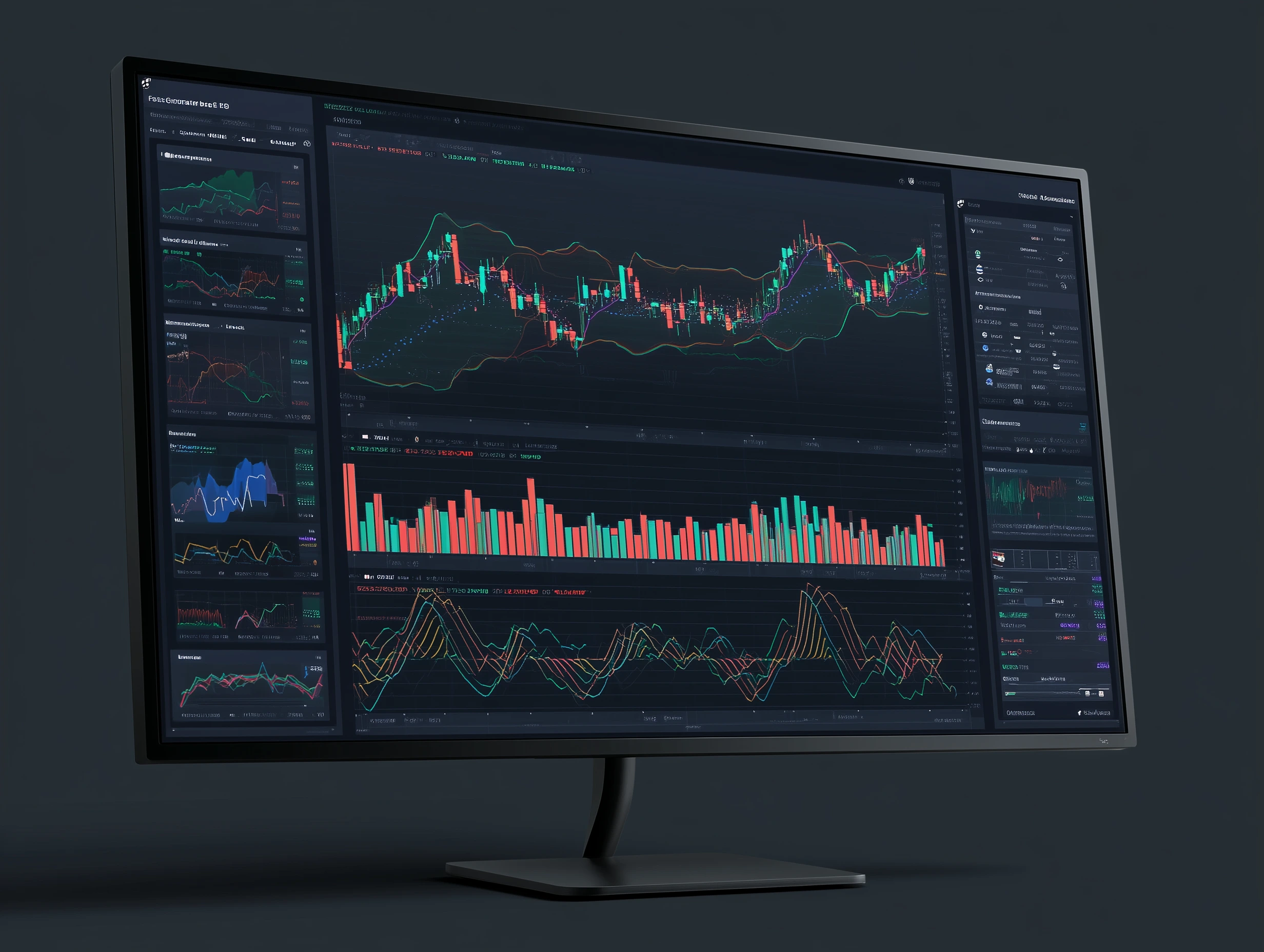
These four scalping indicators separate profitable scalpers from account blowers. I’ve tested dozens searching for the best indicator for scalping—these survived real market conditions.
5-Period Exponential Moving Average (EMA)
The 5-period EMA responds faster than anything else I’ve tried. It gives 33% weight to the latest price, creating immediate directional signals.
Setup’s simple: price above 5-EMA means buy bias, below means sell. But wait for decisive breaks, not touches. When GBP/USD breaks above the EMA at 1.2652, I go long targeting 1.2667. Win rate averages 65-70% in trends, drops to 45% when markets turn choppy.
Volume Weighted Average Price (VWAP)
VWAP shows where the big money’s playing. Banks use this for execution benchmarks, creating invisible support/resistance. First three hours of trading? VWAP accuracy hits 75-80%.
I hunt for price deviations from VWAP with volume spikes. EUR/USD trading 15 pips above VWAP on declining volume? Time to short the break below.
Bollinger Bands for Volatility-Based Scalping
Bollinger Bands catch those gorgeous squeeze-and-run setups that can net 30-50 pips. When price touches bands with volume confirmation, something’s about to give.
I learned this watching EUR/USD compress into a 20-pip range during Asian hours. When London opened—boom. 40-pip breakout, caught from 1.0840 to 1.0880.
Stochastic Oscillator for Reversal Scalping
Stochastic keeps me from chasing every move. When it hits 80+ or 20-, I start looking for reversals with confirmation.
Fast stochastic (5,3,3) during volatile sessions, slow (14,3,3) when markets consolidate. Futures trading indicators taught me this flexibility—same principles apply to forex scalping.
How to Combine Scalping Indicators Effectively
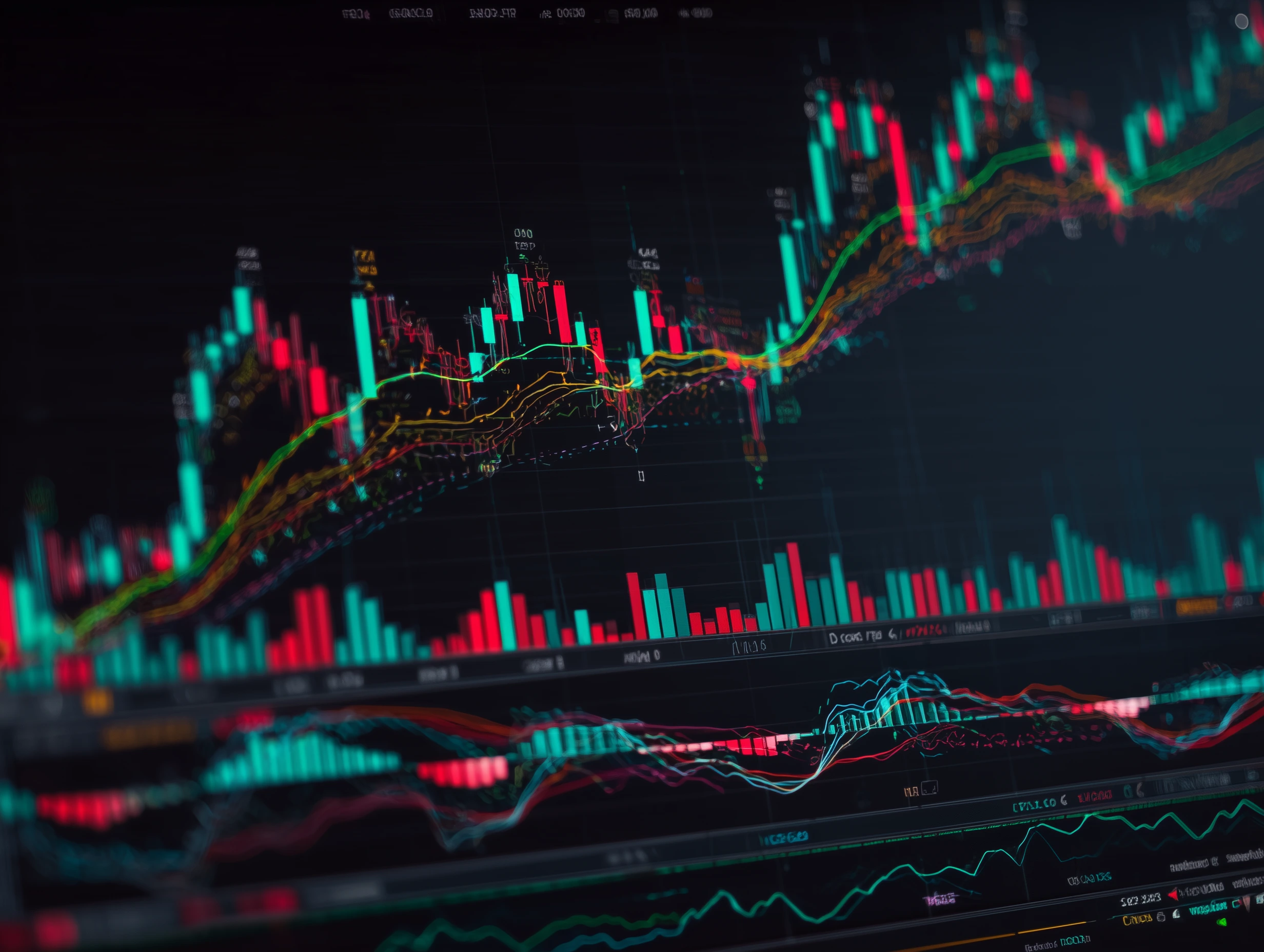
The most effective approach combines 2-3 complementary indicators for 70-80% accuracy versus 40-50% for single indicators. Single indicators lie constantly. Combinations work when you pick complementary tools.
My go-to: EMA + VWAP + Volume. When all three align, I’ve got conviction. This combination represents what many consider the best indicator for scalping because it provides multiple confirmations simultaneously.
But here’s what most miss—signal hierarchy. During institutional hours (9-11 EST), VWAP rules. Trending sessions? EMA takes priority.
| Setup | Best Conditions | My Win Rate |
| EMA + VWAP + Volume | London-NY overlap | ~75% |
| Bollinger + Stochastic | Range-bound Asian | ~70% |
For systematic approaches, automated futures trading strategies remove emotion from the equation.
What Are the Real Pros and Cons of Using Indicators for Scalping?

The Good Stuff:
- Removes guesswork when you’re stressed and tired
- Automated stops save you from stubborn “it’ll come back” moments
- Consistent signals across different sessions
The Reality Check:
- Lag costs you 2-5 seconds during news events
- Asian session fake-outs destroy indicator-only strategies
- Too many scalping indicators create analysis paralysis when you need to act fast
The best intraday strategy balances indicators with raw price reading. Pure indicator slaves struggle when markets get weird.
Which Platforms and Tools Work Best for Scalping in 2025?
Platform choice matters more than most admit. Even the best indicator for scalping becomes useless if your platform can’t execute trades quickly enough.
MetaTrader 4/5 remains king—50-200ms execution, massive indicator library. For MT5 users specifically, MT5 VPS hosting eliminates platform crashes during critical trading moments. TradingView’s charting destroys MT4/5, but execution needs third-party brokers. NinjaTrader shows real order flow. cTrader offers sub-60ms execution.
Platform speeds from my testing: NinjaTrader ~80ms, cTrader ~60ms, MT4 ~150ms. The best trading indicators mean nothing on a slow platform.
How a Low-Latency VPS Enhances Scalping Performance
Low-latency VPS hosting reduces execution delays from 200ms+ to under 50ms, eliminating costly slippage that destroys scalping profits. Home internet killed my early scalping attempts.
VPS hosting near broker servers changes everything. New York servers achieve 15-50ms to major brokers. VPS hosting saves 1.7 pips per trade versus home connections. For scalpers doing 100+ daily trades, that’s $2,000 monthly in slippage eliminated.
Infrastructure needs: 4GB RAM minimum, SSD storage, 10+ Mbps bandwidth. For privacy, buy VPS with Monero combines anonymous payments with professional infrastructure.
Final Thoughts: Optimize Your Scalping Strategy
After 18 months of consistent scalping, the 5-period EMA and VWAP combination still forms my core setup. This pairing consistently proves itself as the best indicator for scalping across different market conditions and timeframes.
Technology infrastructure isn’t negotiable. Professional VPS hosting, direct market access—these separate profitable scalpers from weekend warriors blowing accounts.
Track what matters: win rate above 60%, average profit exceeding 8 pips, daily drawdown under 5%. The brutal truth? Most scalpers fail not because they lack good indicators, but because they can’t handle the psychological intensity. Futures trading strategies offer similar profit potential with slightly longer timeframes—sometimes that’s the better path.
Conclusion
The 5-period EMA with VWAP isn’t magic—it’s just math that works under pressure. Combined with proper execution infrastructure and disciplined risk management, this setup can generate consistent profits. But remember: in scalping, your technology and emotional control matter more than finding the “perfect” indicator.
